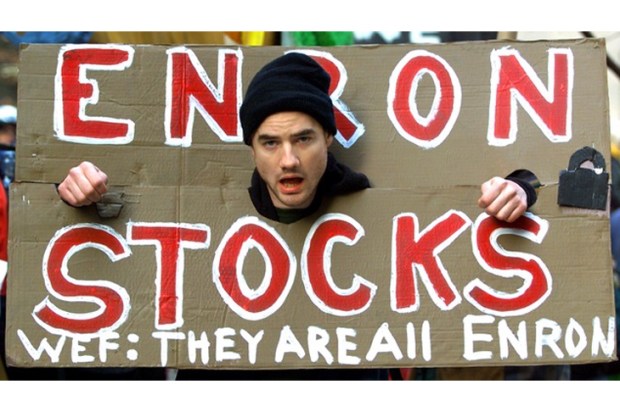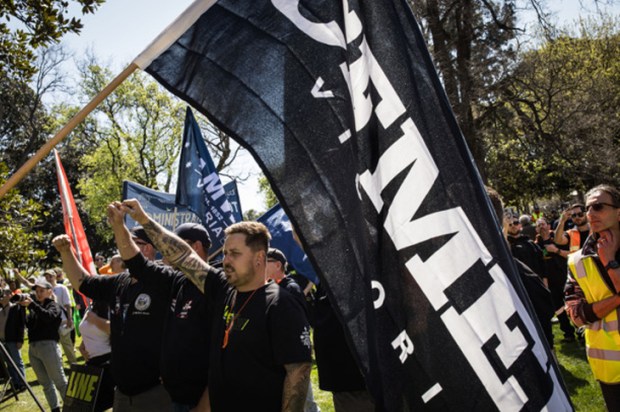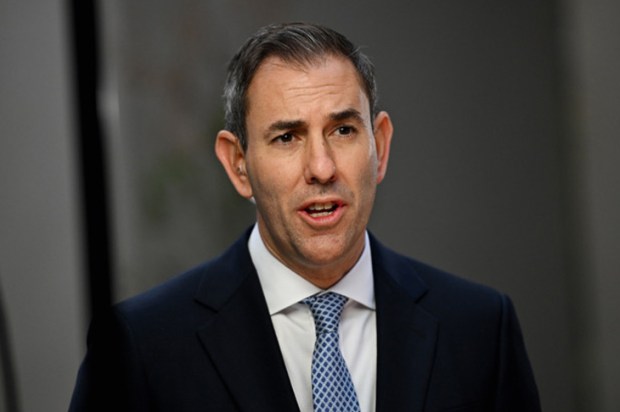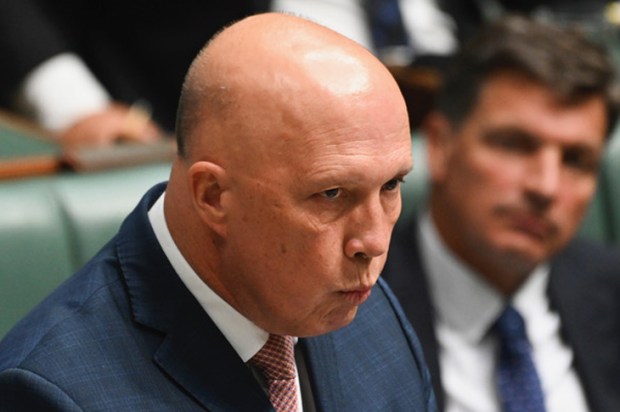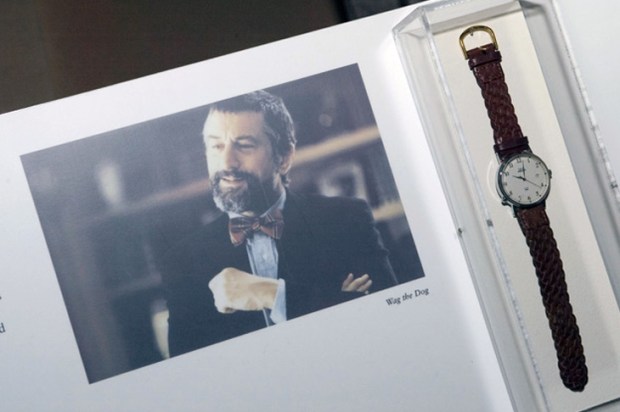Two tragedies at the top and bottom of Australia brought death and destruction to the country 50 years ago. As both of them approach commemorations, what were the losses and the lessons learned from Cyclone Tracy and the Tasman Bridge disaster?
The storm hit Darwin on 24 December 1974; the impact of the freighter Lake Illawarra brought down Hobart’s main bridge only 12 days later. Both disasters were similar in that they divided cities. Darwin, the Northern Territory’s capital, saw most of its population of 50,000 evacuated – with 90 per cent of its houses torn apart and most of its infrastructure wrecked it was no place for families. Sixty-six people had died, although given the devastation there was no way to ascertain the grim final total.
In Tasmania, 12 people died in the disaster on the Derwent River. But for the next two years Hobart was deeply divided: children on one side of the river could not get to schools on the other; jobs were similarly affected; house prices too.
How did these twin tragedies happen? Cyclones were then and are now a fact of life in tropical northern Australia. In fact, Cyclone Selma had nearly hit the small city some weeks earlier. In Darwin, a thirsty town, Christmas Eve was no time to take precautions for some, although sensible measures were taken by the armed forces and the civilian emergency management.
As winds grew higher it became obvious by the evening that a severe storm would hit – and so it did, with winds of up to 250 kilometres per hour building to a roar that drowned out all other noise. By that time most people were in shelters or making the best of it at home, but roofs began to blow off; houses disintegrated, and most dangerous of all was the flying debris that made survival difficult.
Out in the harbour one of the Navy’s four patrol boats, HMAS Arrow, was faring worse than the others, and was finally smashed against the main wharves with two of its crew dying. Lieutenant Bob Dagworthy, its skipper, did everything right according to the later inquiry, but it was a tragic loss. There was more bitterness for the Navy: one of the sailors on duty came home to find his wife and children dead in the wreckage of their house.
The morning after, as the city picked itself up, it was the silence that was strange – there were no birds anywhere. Drinking water was now the priority rather than Christmas presents.
Down in Hobart, around 9 p.m. on a fine summer night, the zinc carrier Lake Illawarra approached the graceful Tasman Bridge. The bridge had spanned the Derwent for only ten years carrying traffic, water, and telephone lines across a kilometre of water. It had replaced a floating bridge which had given a wild ride occasionally in stormy weather.
On Lake Illawarra, Captain Boleslaw Pelc gave quiet helm orders. Exempt from carrying a pilot, he was making a familiar approach. Most of the 42 crew of the ore carrier were off-watch, relaxing in the amenities quarters. Built in 1958 by BHP, the ship was steaming from Port Pirie with zinc concentrates.
It only took ten minutes, but a combination of tidal currents and ‘poor seamanship’, as the later inquiry found, contributed to a combination of events where the ship struck – almost gently – two of the concrete pylons. The impact was immediate – the roadway collapsed, and with a roar, tons of concrete began to rain down on the ship. Up above cars could not stop, and four plunged into the gap. Two more managed to halt, one with its front wheels over the edge, giving rise to one of the most memorable photos of the disaster.
The rest of the night and following days saw rescue attempts which turned into body recovery, as Navy and Police divers searched through the devastation. On each shore people faced their own wrecked lives too: everything was plunged into turmoil for anyone commuting. The trip to Bridgewater upstream took over an hour and a half in slow traffic, each way. There were few car parks. There was Hobart’s unpredictable weather. And there were few solutions in sight.
Bob Clifford, builder and operator of two aluminium ferries, was an immediate saviour. Initially offering cross-river transport for free, it was the beginning of Incat, now one of the largest private employers in Tasmania, turning out giant catamarans that have been sold worldwide.
Two working days after the bridge collapse, a commuting routine had been established using government and business ferries. Thousands of commuters formed long lines to board. The arrangement was slapdash – the Mercury featured photos of commuters leaping ashore without gangplanks. The queues stretched for hundreds of metres.
Over time, more ferries were brought into service, some from Sydney Harbour. It was not an easy progress: there were arguments over prices, parking and timetables.
Many freight services however needed to use bridges to transport essentials, and pressure grew on government. The Army came to the rescue with a Bailey bridge, supplied in sections bolted together. Its click-clack surface soon became familiar to many a driver. Meanwhile, the government sought repairs to the Tasman Bridge, with assistance from the federal purse. It took two years. Darwin took much longer.
And lessons learnt? Maybe not to build bridges that require ships to thread the needle to get through. But in the tropical north Tracy had given cyclone areas an important warning – build to code. The houses today in those places are tough indeed. A Category 5 cyclone might do a bit of damage, particularly if people don’t dispose of loose materials as they are advised to every year, but most buildings today would survive. There’s another thought though: why does Australia have a National Emergency Medal, created in 2011, which has not been awarded to the heroes – uniformed or not – who managed the process of bringing both Hobart and Darwin back from disaster?
Got something to add? Join the discussion and comment below.
Dr Tom Lewis OAM is a military historian. His books Cyclone Warriors – the armed forces in Cyclone Tracy, and By Derwent Divided are both available at avonmorebooks.com.au.
You might disagree with half of it, but you’ll enjoy reading all of it. Try your first month for free, then just $2 a week for the remainder of your first year.


